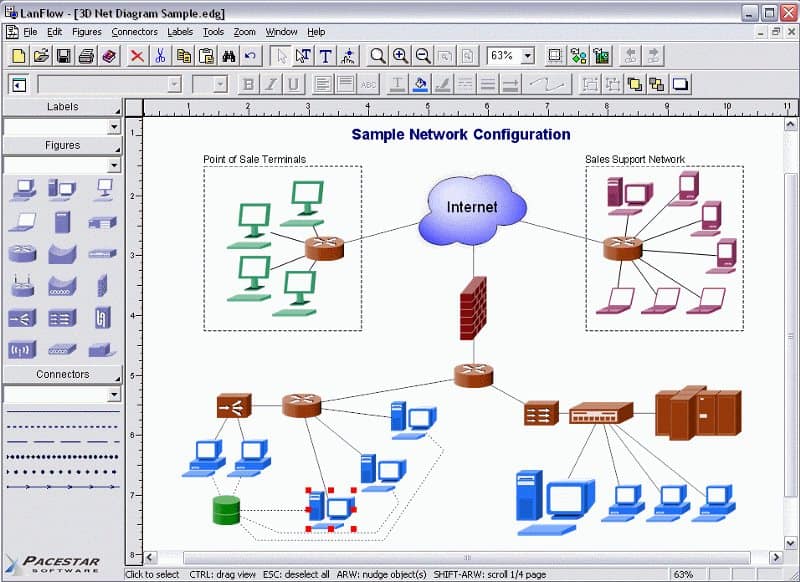

- LIMIT NETWORK TOPOLOGY MAPPER HOW TO
- LIMIT NETWORK TOPOLOGY MAPPER INSTALL
- LIMIT NETWORK TOPOLOGY MAPPER FULL
LIMIT NETWORK TOPOLOGY MAPPER INSTALL
If you need to install or upgrade, see Install the Azure CLI. Run az -version to find the installed version. If you run the CLI from your computer, steps in this article require the Azure CLI version 2.0.31 or later.
LIMIT NETWORK TOPOLOGY MAPPER FULL
To see the full list of resources in the virtual network, and the type of relationship between the resources, generate the topology with PowerShell or the Azure CLI. Though not differentiated in the diagram, the lines represent one of two relationships: Containment or associated. For example, while a network security group is shown, the security rules within it are not shown in the diagram. The resources shown in the diagram are a subset of the networking components in the virtual network. Select Download topology to download the image as an editable file, in svg format. The topology shown in the picture is for the virtual network created after deploying the Route traffic through a network virtual appliance script sample, which you can deploy using the Azure CLI, or PowerShell.

For example, a network security group that isn't associated to a subnet or network interface in the myVnet virtual network isn't shown, even if the network security group is in the MyResourceGroup resource group. Within, or associated to resources within, the myVnet virtual network.For example, a network security group that exists in a resource group other than MyResourceGroup, isn't shown, even if the network security group is associated to a subnet in the MyVnet virtual network. Within the same resource group and region as the myVnet virtual network.Topology information is only shown for resources that are: One subnet has a network security group associated to it. The other two subnets have a route table associated to them. The VM has one network interface attached to it and a public IP address associated to it. In the following picture, a topology is shown for a virtual network named MyVnet, in the resource group named MyResourceGroup:Īs you can see in the previous picture, the virtual network contains three subnets. Select a subscription, the resource group of a virtual network you want to view the topology for, and then select the virtual network. The network watchers are created in a resource group named NetworkWatcherRG. If you don't have a network watcher enabled in the region that the virtual network you want to generate a topology for is in, network watchers are automatically created for you in all regions. Generating a topology requires a network watcher in the same region that the virtual network that you want to generate the topology for exists in.

When Network Watcher appears in the results, select it. In the All services filter box, enter Network Watcher. On the top, left corner of the portal, select All services. Log into the Azure portal with an account that has the necessary permissions.
LIMIT NETWORK TOPOLOGY MAPPER HOW TO
To learn how to migrate to the Az PowerShell module, see Migrate Azure PowerShell from AzureRM to Az. To get started with the Az PowerShell module, see Install Azure PowerShell. This article uses the Azure Az PowerShell module, which is the recommended PowerShell module for interacting with Azure.


 0 kommentar(er)
0 kommentar(er)
